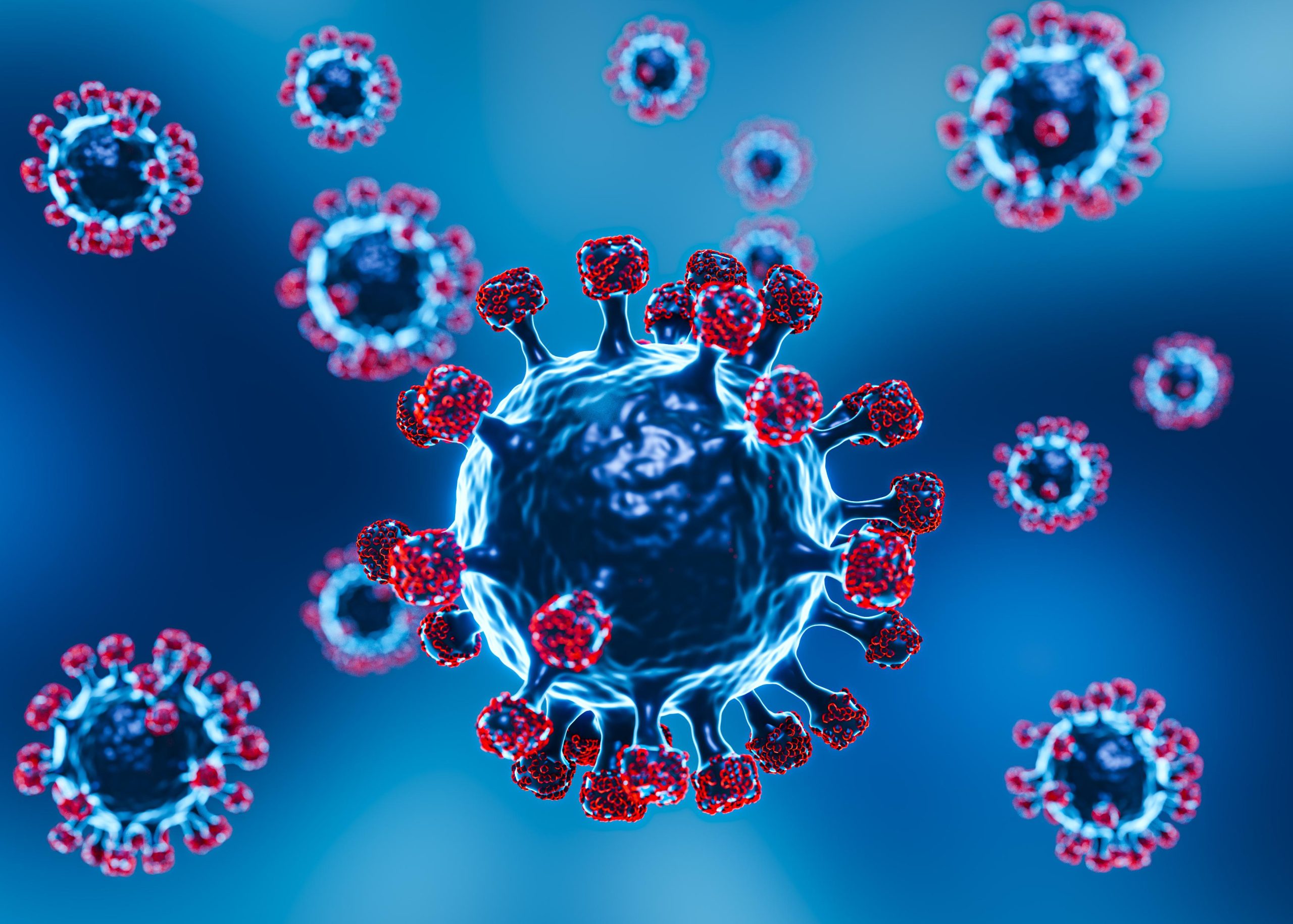Introduction
I’m Dr. Amelia Johnson, a veterinarian with over 15 years of experience in public health. The recent bird flu outbreaks have understandably caused concern, but there’s no need to panic. Let’s delve into the ongoing efforts to prevent a potential pandemic.
Understanding Bird Flu
Bird flu, also known as avian influenza, is a respiratory illness that primarily affects birds. While some strains pose no significant threat to humans, the current H5N1 variant has raised concerns due to its rapid spread and ability to infect mammals in rare cases.
Frontline Strategies: Our Defense Against Bird Flu
Several crucial strategies are in place to mitigate the threat of bird flu:
- Surveillance: Veterinarians and wildlife officials are conducting extensive surveillance in poultry farms and wild bird populations. Early detection is key to preventing large-scale outbreaks.
- Biosecurity Measures: Poultry farms are implementing stricter biosecurity protocols, including disinfection procedures, restricted access, and monitoring bird health to minimize the spread within flocks.
- Vaccination Programs: Vaccination of domestic poultry is being explored and implemented in some regions to protect birds and potentially reduce the risk of spillover to humans.
The Power of Early Detection: A Look at Wastewater Surveillance
One innovative approach gaining traction is wastewater surveillance. By analyzing wastewater samples from communities, scientists can detect the presence of the virus even before people become sick. This early warning system allows for swift intervention and outbreak control.
What You Can Do: Protecting Yourself and Your Community
While the risk of bird flu transmission to humans remains low, here are some practical steps you can take:
- Practice good hygiene: Wash your hands frequently with soap and water, especially after contact with poultry or birds.
- Avoid contact with sick birds: Don’t touch or handle sick or dead birds. Report any unusual bird deaths to wildlife authorities.
- Cook poultry thoroughly: Ensure poultry is cooked to an internal temperature of 165°F (74°C) to kill any potential viruses.
- Stay informed: Keep yourself updated on the latest developments regarding bird flu through reputable sources like the World Health Organization (WHO) or the Centers for Disease Control and Prevention (CDC).
A Comparative Look: Bird Flu vs. Seasonal Flu
| Feature | Bird Flu (H5N1) | Seasonal Flu |
|---|---|---|
| Primarily Affects | Birds, with rare cases in mammals | Humans |
| Transmission | Primarily through contact with infected birds or their droppings | Primarily through respiratory droplets from coughs or sneezes |
| Severity | Can be highly pathogenic in birds and some mammals | Varies, but can be severe, especially in high-risk groups |
| Vaccination | Under development, not yet widely available | Readily available and recommended for most people annually |
Conclusion
The current bird flu situation requires vigilance but not panic. Scientists and public health officials are working diligently to contain the virus and prevent a pandemic. By understanding the situation, taking necessary precautions, and staying informed, we can all play a role in protecting ourselves and our communities.










